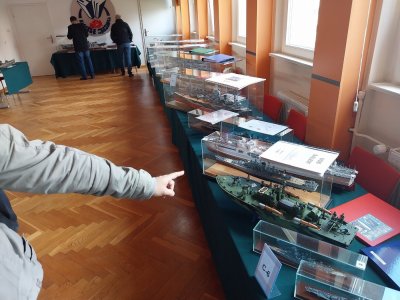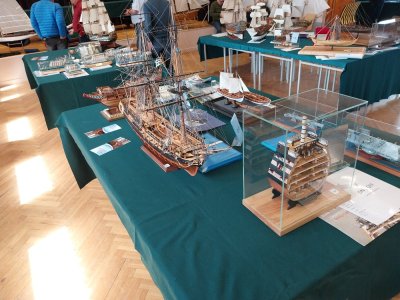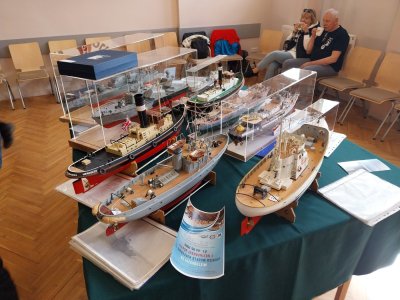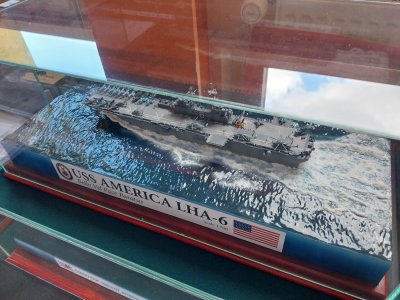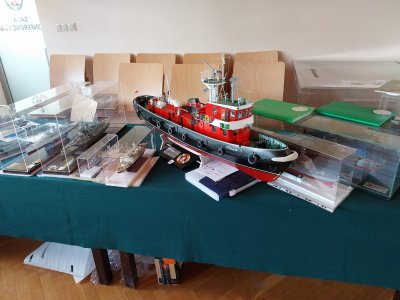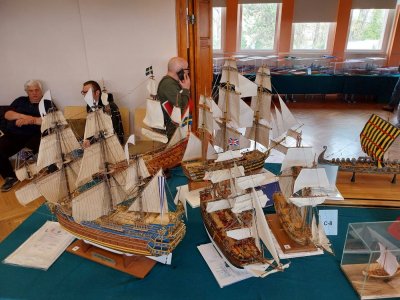To the Beginners of the Art of Ship Modeling
After watching forums, modeling groups, and reading countless messages that reach me, I’ve had some reflections. I’ll admit – I used to think the same way many beginners do today. But over time, with experience and more models behind me, my perspective has changed.
Many people who start their adventure with ship modeling face the same initial problem: lack of tools and a proper workshop. This topic comes up again and again, yet it’s still hard to find simple, clear, and practical advice for newcomers. Especially advice that helps you get started without overspending or feeling overwhelmed.
Speaking from experience – as someone who once started from scratch – here are a few thoughts that might help:
1. The most important tool? Patience.
Before you buy your first modeling knife or think about drills and saws, stop for a second.
The most important thing you need is the will to build. And the understanding that some models will take months or even years to complete.
This isn’t a race – it’s a journey. And patience is your most powerful tool. Without it, no glue or machine will help.
2. Workshop – don’t buy everything at once
You don’t need a fully equipped bench on day one. To start, all you really need is:
– good lighting and a small workspace (a kitchen table will do),
– a modeling knife (X-Acto or scalpel),
– a small saw for wood,
– sandpaper and files,
– tweezers, a ruler, square, and a few clamps.
That’s enough to begin. Tools can be added as you go, when you actually need them.
3. Glue – the invisible hero
It might seem like a small thing, but glue plays a huge role in how your build turns out.
Best glue to start with? White wood glue (PVA):
Yes, it dries slowly and isn’t waterproof. But still – it’s perfect for wooden ship modeling, especially for beginners.
Later, you’ll also try:
– CA glue (cyanoacrylate) – fast and strong, but tricky to control,
– Epoxy – very durable and waterproof, great for structural or floating models.
But trust me: start with PVA – it teaches precision and patience better than anything else.
4. Knowledge and observation
Tools are one thing, but just as important is the tool in your head – the ability to observe and learn.
Don’t be afraid to ask questions. Watch how others work. Compare techniques, styles, and solutions. In ship modeling, there’s rarely just one “right” way.
Find good books, follow online groups, browse forums, watch experienced modelers. The more you observe, the more confident and skilled you’ll become.
5. Mistakes? Of course they’ll happen.
Every modeler makes mistakes – even the best. Sometimes you’ll need to redo things, take them apart, start again. That’s not failure – that’s learning.
Over time, you’ll understand that redoing a piece properly is better than trying to fix a mistake poorly.
Mistakes are part of the craft. And fixing them is part of the art.
6. And above all – passion
If you feel joy after spending a few hours and seeing just one part completed – a deck, a railing, a small detail – then you’re in the right place.
Ship modeling is more than a hobby – it’s history, craftsmanship, and calmness in one.
Don’t be discouraged by those showing off expensive tools or perfect workbenches.
Your most important tools are already with you: willpower, patience, and focus.
The rest will come with time.
See you along the way – where wood turns into sails, railings, and hulls.
Where a model is more than just an object – it’s a proof of passion, dedication, and craft.
Fair winds and calm seas!
"These are just my thoughts and experiences — I understand that others may see things differently."
Roman-ov





